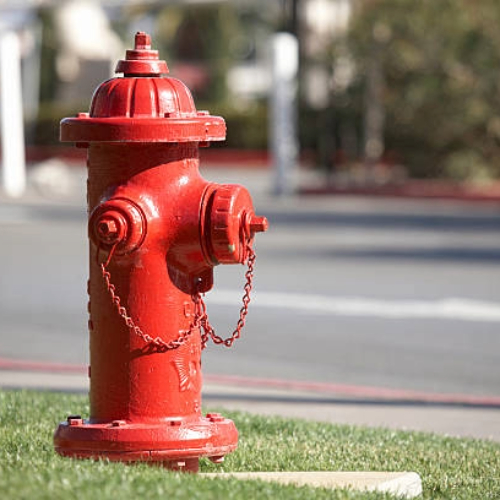
Fire Hydrant
System Service Details:
Flow and
Pressure Testing: This is the most crucial part of the service.
-A technician
will flow water from each hydrant to measure the static pressure (with
no flow), residual pressure (with flow from another hydrant),
and flow rate (in gallons per minute or liters per minute).
-This test
verifies that the system can deliver the required water volume and pressure to
effectively fight a fire.
Pump and
Controller Testing:
-Full-Load
Test: The main electric and diesel fire pumps are tested under a full
load to ensure they can deliver the required flow and pressure.
-Controller
Functionality: The pump controllers are checked to ensure they are
working correctly, including a test of all alarms and visual indicators.
-Suction and
Discharge Gauges: The gauges on the pumps are checked for accuracy and
proper function.
Valve and
Pipe Inspection:
-Valve
Operation: All valves (including isolation valves, non-return valves,
and drain valves) are operated to ensure they are not seized and are in the
correct position.
-Piping
Integrity: The technician will inspect the entire piping network, both
above and underground, for signs of corrosion, leaks, or physical damage.
Water Supply
Check: The technician will verify that the water storage tank has the
required capacity and that the suction line to the pumps is free of
obstructions.
Hose Reel
System Check: If the building has hose reel systems, they are also
tested. This includes:
-Checking the
condition of the hose for any wear or leaks.
-Verifying that
the hose reel swivels and the nozzle operates correctly.
-Testing the
valve and ensuring water is delivered at the proper pressure.
Documentation: A detailed service report is generated, including the flow and pressure test results for each hydrant, any deficiencies found, and a plan for corrective action. This report and a service certificate are essential for regulatory compliance and insurance purposes.